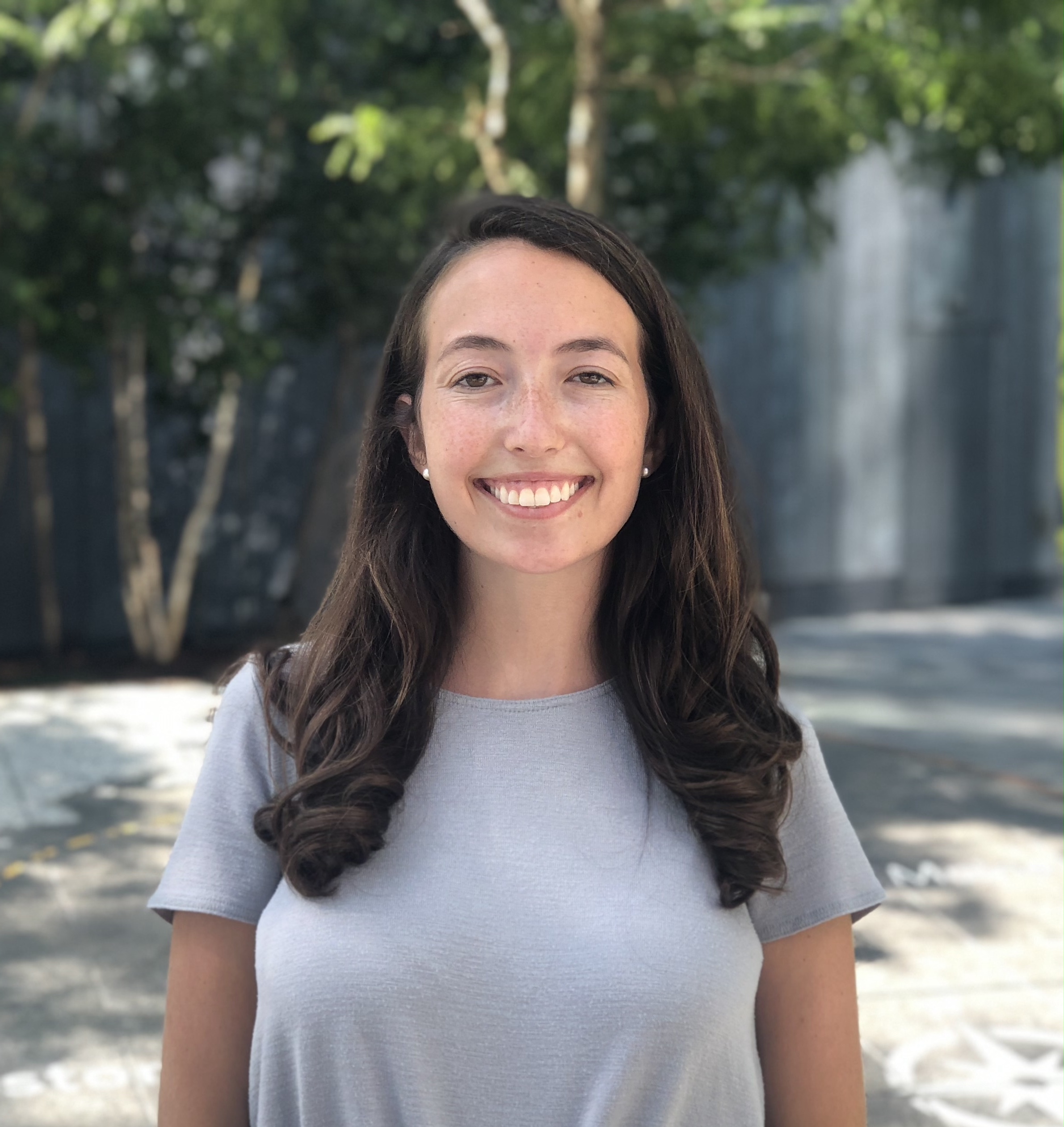Child / Adolescent - Anxiety
Optimism about treatment matters across therapy types in anxious youth
(PS3-C74) Optimism About Treatment Matters Across Therapy Types in Anxious Youth

Hannah C. Becker, M.S.
Doctoral candidate
University of Michigan
Ann Arbor, Michigan- EB
Emily Bilek, ABPP, Ph.D.
Clinical Associate Professor
University of Michigan
Ann Arbor, Michigan - KF
Kate Fitzgerald, M.D.
Professor
New York State Psychiatric Institute/Columbia University Medical Center
New York, New York
Author(s)
Co-Author(s)
Background: Patient expectancy (i.e., beliefs about psychotherapy outcomes and feasibility) contributes to treatment efficacy; patients who believe strongly that a given therapy will improve their symptoms tend to experience greater symptom reduction (Drew & Bickman, 2005). This pattern has been demonstrated for treatment of anxiety disorders and other psychopathologies, as well as types of treatment (e.g., individual vs. group therapy; pharmaceutical intervention; Price & Anderson, 2012; Thiruchselvam et al., 2019). However, it is unknown how expectancy relates to outcomes in cognitive behavioral therapy (CBT) as compared to an active control psychotherapy, and when expectancy is self-reported by youth.
Methods: 158 youth (ages 7-17) with anxiety disorders were randomized (2:1) to receive 12-weeks of either exposure-focused CBT (comprising psychoeducation, cognitive restructuring, and exposure) or an active control treatment, relaxation mentorship training (RMT; comprising stress management, relaxation, and supportive care). The sample was predominantly White American and of high socioeconomic status. In week three, youth completed the Credibility Expectancy Questionnaire (CEQ; Devilly & Borkovec, 2000) which assessed the patients’ beliefs about treatment. Anxiety symptoms were assessed at the start and at the end of both treatments, using the Pediatric Anxiety Rating Scale (PARS; “PPASG”, 2002). Linear regression examined the interaction of CEQ and treatment condition on change in PARS scores from pre- to post-treatment. Relationships between age, gender, CEQ, and PARS change were also assessed.
Results: Across all patients, CEQ score was inversely correlated with PARS symptoms, such that greater expectancies about treatment associated with greater symptom reduction, r = -.21, p = .018. Three weeks into treatment, those in the CBT condition had relatively higher, but non-significantly different CEQ scores than those in the RMT condition, t(74.5)=1.10, p = .29. Further, the interacting effect of CEQ and treatment condition on PARS change was non-significant (p = .70); the association between CEQ and symptom change did not differ in those assigned to CBT as compared to RMT. Age was significantly correlated with CEQ, such that older youth had less expectancy about their treatment outcomes, r = -.21, p = .014.
Conclusions: These findings build on prior work demonstrating the association between treatment expectancy and outcome, with similar importance in CBT as compared to a control psychotherapy, and even when self-reported by youth. Therefore, improving optimism towards, and dissemination of, treatment, especially in older youth, should be a priority across different types of psychotherapy for anxiety. This will be especially important to examine and address in more diverse samples, where differential barriers to care or familiarity with psychotherapy may exist, both of which could impact expectancy and thus treatment outcomes. Finally, these results show that better overall treatment outcomes observed with CBT as compared to RMT cannot be fully explained by differences in expectancy, and further work is needed to identify other mechanisms that support the positive outcomes seen with CBT for anxiety in youth.

